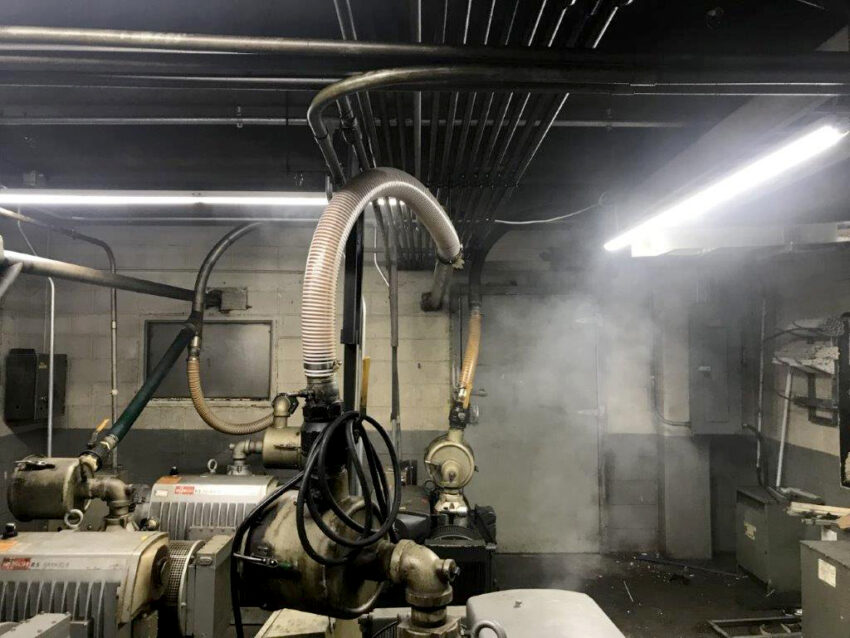Finding a means to quickly and accurately distinguish between smoke from an actual fire and the typical airborne particulates in the background is a challenge during meat processing.
Causes of fire incidents at meat processing plants globally can vary from electrical malfunction, equipment failure, and overheating machinery to the combustion of animal fats, oils, and other flammable materials. In the event of a fire, the meat processing plant can suffer costly, lengthy production downtime.
Now, proactive meat processors are utilizing and tailoring industrial-grade fire protection systems such as VESDA to maintain efficient operations with minimal false alarms and maintenance.
Implementing VESDA systems, the sensitivity of the fire detection equipment can be fine-tuned to reliably distinguish between smoke from an actual fire and other factors regularly found in the background air. This not only increases the safety of personnel but also protects the plant, production equipment, inventory, and other assets while facilitating fire safety compliance.
Application Challenge:
When a meat processing plant in the U.S. sought to add reliable smoke detectors to three refrigerated vacuum pump rooms at the request of its fire insurance company, it faced a difficult task.
The exhaust was intermingling with water vapor from washdowns in a manner that could hinder traditional fire detection devices. There was also a visible accumulation of lubricant residue on nearby surfaces near the vacuum exhaust. Traditional smoke detectors would not function properly in this environment.
The Equipment Solution
To minimize potential losses due to unwanted alarms and provide the best possible long-term detection system, a solution involved installing two complementary VESDA smoke detection systems in each room, in what would be a performance-based application.
“One VESDA system [the VLI] will provide an atmospheric reference in each vacuum pump room, minimizing unwanted alarms. A second VESDA system [the VLI] will determine when smoke contamination from a fire exceeds the atmospheric reference and then activate the building’s fire alarm,” says Khaleel Rehman, director of development for the advanced detection team at Honeywell.
A VESDA VLI system utilizes a piping network to draw in air from the protected area to a central location, which facilitates smoke detector reliability and reduces potential contamination.
Most of the VESDA units are now set for a level of obscuration of approximately 6%, which is almost double the level that typical smoke detectors can tolerate. Most other traditional technology would have an excessive number of nuisance alarms at those levels of obscuration.
After successful testing and installation, the fire insurance company that originally initiated the project was happy with the results. With the integrated VESDA smoke detection, the plant is also on track to significantly improve its fire safety for many years to come.
For more information, email: dawn.wotapka@honeywell.com, Director of External Communications at Honeywell; website www.honeywell.com.

